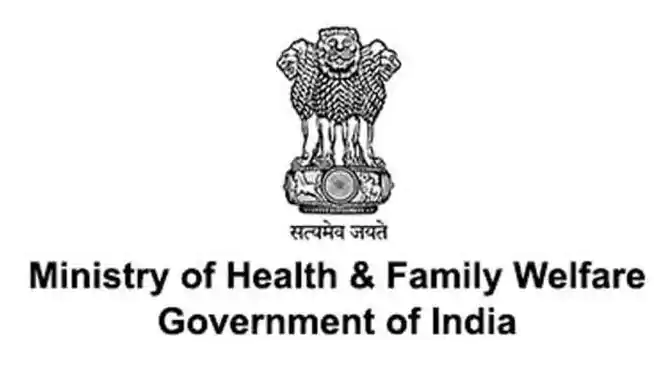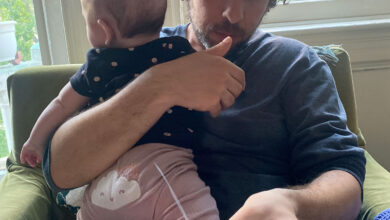Health schemes in tribal areas

“Public Health and Hospital” is a state subject, the primary responsibility of ensuring availability of healthcare facilities including access to healthcare facilities in tribal dominated areas lies with the respective State Governments including Madhya Pradesh. However, Ministry of Health and Family Welfare, Government of India provides technical and financial support to the States/UTs to strengthen the public healthcare facilities through NHM.
The National Health Mission (NHM) is a Centrally Sponsored Scheme which envisages achievement of universal access to equitable, affordable & quality health care services that are accountable and responsive to people’s needs. NHM encompasses its two Sub-Missions, the National Rural Health Mission (NRHM) and the National Urban Health Mission (NUHM). The main programmatic components include Health System Strengthening in rural and urban areas, Reproductive-Maternal- Neonatal-Child and Adolescent Health (RMNCH+A), and Communicable and Non-Communicable Diseases.
Under the National Health Mission (NHM), financial and technical support is provided to States/UTs to strengthen their health care systems including setting-up/upgrading public health facilities and augmenting health human resource on contractual basis for provision of equitable, affordable healthcare to all its citizens particularly the poor and vulnerable population in the tribal areas based on requirements posed by the States in their Programme Implementation Plans (PIPs) within their resource envelope.
Various relaxations that are supported under NHM for better healthcare for beneficiaries in tribal areas are as follows;
- Ayushman Bharat- Health and Wellness Centres (HWCs) are established by transforming the Sub-Health Centres (SHCs) and Primary Health Centres (PHCs), as part of the Ayushman Bharat – the flagship programme of Government of India, to deliver twelve packages of Comprehensive Primary Health Care (CPHC) that includes preventive, promotive, curative, palliative and rehabilitative services which is universal, free and close to the community. In the current financial year, over 90109 HWCs have been operationalized till 06th February, 2022. Of these, 15041 are in 177 tribal districts.
- The population norms for setting up Health Facilities in vulnerable areas are relaxed. Against the population norms of 5,000, 30,000 and 1,20,000 for setting up of SHC, PHC and CHC, the norm is 3,000, 20,000 and 80,000 respectively in vulnerable areas such as remote, tribal, desert and hard to reach areas.
- Under NHM, States/UTs have been given flexibility to deploy Mobile Medical Units (MMUs) to provide a range of health care services for the population particularly living in remote, in-accessible, un-served and under-served areas, as per the needs identified by the respective States/UTs.
- To minimize the Out-of-Pocket Expenditure incurred on health services, National Free Drugs Service Initiative and National Free Diagnostic Service Initiative have been rolled out. The medicines are provided adequately to all health facilities, including the health facilities in vulnerable areas, as per the essential medicines lists for respective levels of facilities. Special focus is given to ensure that there are no interruptions in availability of medicines in health facilities in vulnerable areas.
- The ASHA programme guidelines provide for recruitment of ASHA at habitation level, in hilly, tribal and difficult areas. Consequently, ASHAs have been put in place at habitation level (well below the national norm of one ASHA at a population of about 1000).
- Government of India is supporting states in implementation of National Ambulances Services under NHM for free transportation of sick patients to the health facilities. States are free to place these ambulances at a lower population norm or as per time to care approach so that these ambulances are easily accessible by all.
- Further, all tribal majority districts whose composite health index is below the State average have been identified as High Priority Districts (HPDs) and these districts receive more resources per capita under the NHM as compared to the rest of the districts in the State. These districts receive higher per capita funding, have enhanced monitoring and focussed supportive supervision and are encouraged to adopt innovative approaches to address their peculiar health challenges.
- States are encouraged to adopt flexible norms for engaging specialists for public health facilities by various mechanisms like ‘contracting in’ and ‘contracting out’ of specialist services under National Health Mission. NHM provides for following types of incentives and honorarium to staff for ensuring service delivery in rural and remote areas in the country:
- Honorarium to Gynecologists/Emergency Obstetric Care (EmoC) trained, Pediatricians & Anesthetist/ Life Saving Anesthesia Skills (LSAS) trained doctors for conducting C Sections.
- Hard Area allowances and special packages are provided to attract health HR, especially medical officers and specialists, to remote and difficult areas.
- Incentives like special incentives for doctors, incentive for ANM for ensuring timely ANC checkup and recording, incentives for conducting Adolescent Reproductive and Sexual Health (ARSH) activities etc.
- States have also been allowed to offer negotiable salaries to attract Specialists including flexibility in strategies such as ”You quote, we pay”.
- In addition, non-Monetary incentives such as preferential admission in post graduate courses for staff serving in difficult areas and improving accommodation arrangement in rural areas have also been introduced under NHM.
The Union Minister of State for Health and Family Welfare, Dr. Bharati Pravin Pawar stated this in a written reply in the LokSabha today.


